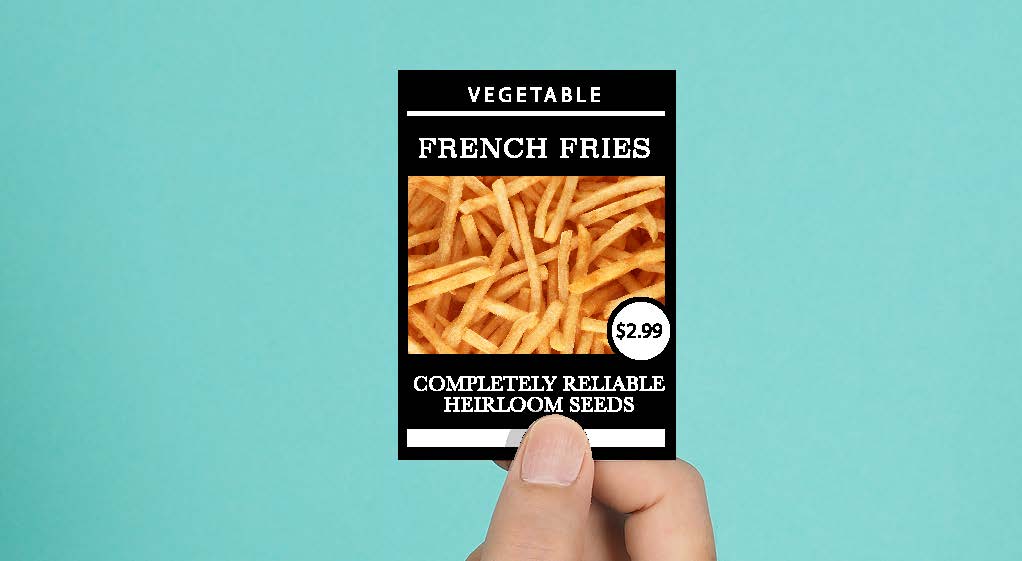I actually saw the sun peek out a little today. It was great! It was a warm reminder that gardening season is upon us, and it’s time to finalize our seed purchasing and make sure that we’re on track with everything that we have growing on our seed starting shelf.
Over the winter, I purchased a few seeds that will allow us to grow some things that are new to us. For me, part of the fun of gardening is trying to grow different or unusual things each year along with our necessities.
Even though we plan to try some fun and unusual things, we plant our gardens with the idea of harvesting plenty of the fruits, vegetables and herbs that we will need to fill our pantry for the year. No doubt, it’s exciting to think about growing brown heirloom tomatoes, Okinawa pink okra and round gourmet carrots, but our priority is to make sure that we grow plenty of the staple foods that we use on a day-to-day basis.
A lot of those basic, staple foods such as corn, potatoes and green beans don’t seem especially exciting. They’re not really fun colors, and they don’t necessarily grow in fascinating ways, but they “carry the mail” so to speak in our kitchen garden.
We can only eat pink okra so many times, but we need potatoes day-in and day-out. Potatoes are plain, but you can do a lot with them. You can even make French fries! They are one vegetable that if we had to do without, my family would not be pleased!
Potatoes are a cool-season crop, and in central Oklahoma they are planted in early March, right around St. Patrick’s Day. Potato seeds do not come in a seed packet, but rather you purchase “seed potatoes” which are tubers that you can use to grow new potatoes and are genetically identical to their parent potato. It’s possible to plant a whole tuber that is 1 – 2 oz. in size, but it’s more economical to cut larger tubers or seed potatoes into smaller pieces.
Many people plant their seed potatoes on the day that they cut them, and there is no problem with doing that. However, we have found that if we allow the cut tubers to dry, toughen up or “heal” a bit before dropping them in the ground that we avoid rotting, spoilage or the seed potato becoming mushy and ultimately dying. Because of this, we cut ours a few days prior to when we are actually ready to plant them.
The proper way to do this is to cut the tuber in such a way that each piece has at least one or two “eyes” on it. You may end up with some odd shaped pieces, but that’s fine. Once your seed potatoes are cut, spread them out on newspapers and allow them to dry a few days, so that the newly cut areas can toughen up. After the healing has occurred, you are ready to plant your seeds.
If you would like additional information, Oklahoma State University offers informative fact sheets on growing most vegetables. Here’s their one on potatoes. There are several methods to planting potatoes. They can successfully be grown in traditional row gardens or in containers. If row gardening, this video offers an excellent demonstration on how to “hill” your potatoes for maximum production.
Just like the seed companies that are trying to sell us new and interesting things to grow, there are many voices in this world that are trying to sell us new and interesting spiritual truths. But, you know what? All we need is a plain ‘ole potato kind of faith! The kind of faith, in our Heavenly Father, that is there day-in and day-out. Nothing fancy, but the kind of faith that God can do a lot with.
“And without faith it is impossible to please Him, for the one who comes to God must believe that He exists, and that He proves to be One who rewards those who seek Him” (Heb. 11:6).
God please help us with our potato- and faith-growing efforts!





